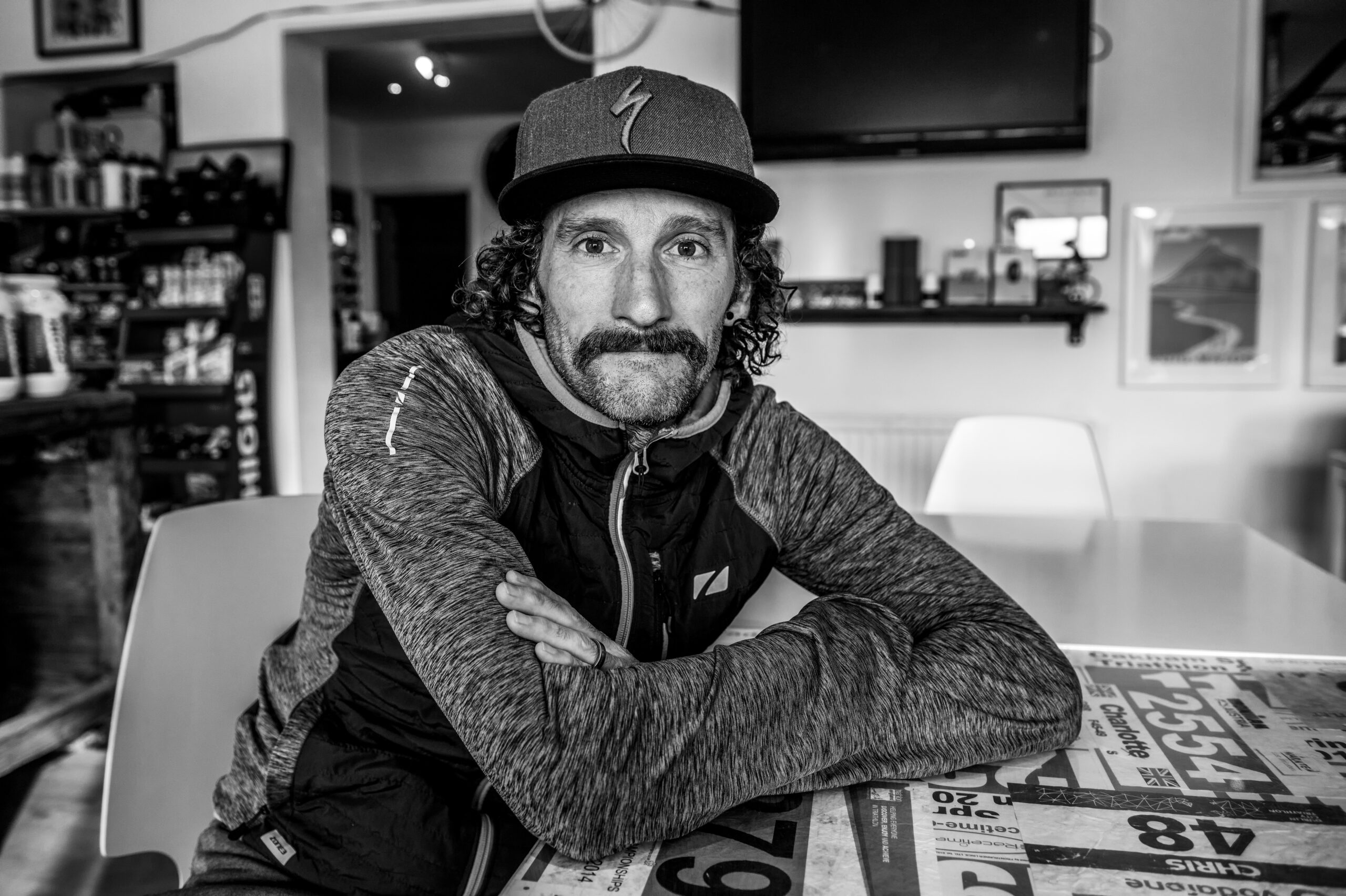Swimming open water is a skill, pure and simple, and how do we improve our skills? By practising!
We get swim-fit and stroke-strong in the pool, from V02 max sessions to aerobic and threshold sessions, from pace work to drills that work for us as individual swimmers (not just single-arm and catch-up because everyone’s doing it!).
You need to find out which drills will help you with your stroke and biomechanics and work on them weekly, then throw in some kicking as well – god I hate kicking, ask anyone that swims with me and they’ll say how shocking I am at it, I think I could get lapped in a 50m kick set!
- How much aerobic swimming should you include in your training programme?
- 10 essential pool swim drills for triathletes
- How to reduce excessive kicking when swimming
- How to use a kickboard to improve your swim technique
- How to improve your swim kick efficiency and save more energy for the bike and run
How to transfer pool skills to the open water
So, all of these help us with our swimming and along with consistent training in the pool you should get faster, which is obviously great and the foundation to swimming open water.
Now the tricky part – transferring that into open-water swimming in training and then into open-water swimming in a race environment, which can add even more variables.
Count the fingers
Some of the drills I love to do in the pool to help with my open-water swimming start with sighting. Start with water polo freestyle (head-up front crawl) maybe in your warm-up and then in your cool-down throw a few 12.5m in, just to get the body/neck used to swimming while your head is up.
Then after a few sessions of adding this, get a coach or a mate to stand at the end of the pool and hold up their hand with a different number of fingers up per length, and do say 100-150m.
At the end, add the number of fingers up and see if you were right. When we have our head up we also want to ‘sight’ the finish line buoy/gantry so need to get used to focusing in on a point in the distance.
- Swim sighting: What are the most common mistakes people make?
- How to sight and breathe in open water
Close your eyes
Along with this drill, add in swimming 10-15 strokes with your eyes closed (make sure you have some nice understanding swimmers in your lane!) and see which side you drift to or if you can swim plum straight (just like me – ha!).
This will help with the balance of your stroke when you’re swimming open water as you’ll know which way you tend to move to so can counter that in.
Swim coach Andrew Sheaff also adds: "In most bodies of water, you can’t see much. You almost certainly won’t experience the crystal-clear water of a pool! This can be disorienting for most people and can really throw off your technique and your rhythm.
"To address this issue, close your eyes when you swim, opening them when you breathe. Opening your eyes when you breathe will help you swim straight and orient yourself.
"This will recreate the same visual environment that you’ll experience in open water, and it will make the experience much more familiar. Before long, you’ll find that you can manage this with no trouble at all in the pool.
"Additionally, you can practise sighting various objects around the pool, starting from the eyes closed position when the head is down. With practise you’ll get better at picking out objects."
Add chop to your pool swimming
"To make the pool more similar to open water, you need to make the pool more unpredictable," says Sheaff. "If you’re able, take the lanelines out of the pool. Doing so will quickly make for a lot more chop. Even just one laneline will make a difference.
"If you can’t take out lanelines, practise swimming with multiple people in the lane [see 'The rule of four, below']. The more the better! You can practise swimming side by side, you can practise drafting, and you can practise swimming around people.
"This will help you get adjusted to the turbulence you’ll certainly experience in open water.
"Get used to waves interrupting your flow, get used to people interrupting your flow, and get used to a much more unpredictable environment. You’ll be much more comfortable when you transition into open water."
- Sea swimming for beginners: how to swim in the sea
- How to deal with tides when open water swimming
- Best swimming watches
The rule of four
Another great pool drill for open-water is swimming in a lane of four swimmers – push off on each other’s feet and after 50m the leader stops about 5m before the wall and becomes the buoy.
The other three go around the lead swimmer who then falls into the back of the line and so on. Mess around with swimming close to the feet, or even on the shin/hip and see where you get the most draft from and therefore save the most energy.
Have a session in mind
Once you’re ready to go into an open-water environment make sure your wetsuit fits you and that you’re comfy just swimming on your own.
Build up confidence at your own pace – but then let’s not just swim easy and do a few laps and say ‘I’m ready for a race now’, trust me, that’s not enough! Go to the lake with a session in mind and with other swimmers of a similar ability to yourself.
- Best triathlon wetsuits for all budgets
- From sea swims to rivers and lakes: Conquer any open-water challenge
Group swim session example
Try this group session: 500-800m easy then do hard/easy from buoy to buoy with different people on the front for 500-800m, then maybe another 500-800m easy but with a fast 20 strokes into and out of the buoy/turn again, all in a tight group.
Then maybe whoever is on the front tries to drop everyone but not by just smashing it from the gun, by trying different tactics – like suddenly putting in short bursts or building up the pace, or turning without warning etc., so the followers need to react and move around in the chase group so as not to get dropped and try and conserve as much energy as you can.
Then pick a point – a buoy or tree – and swim 50-80 strokes with your eyes closed. Go every 15secs or so and see where you end up – whoever’s furthest away buys the post-session coffee!
Top image: Korupt Vision

